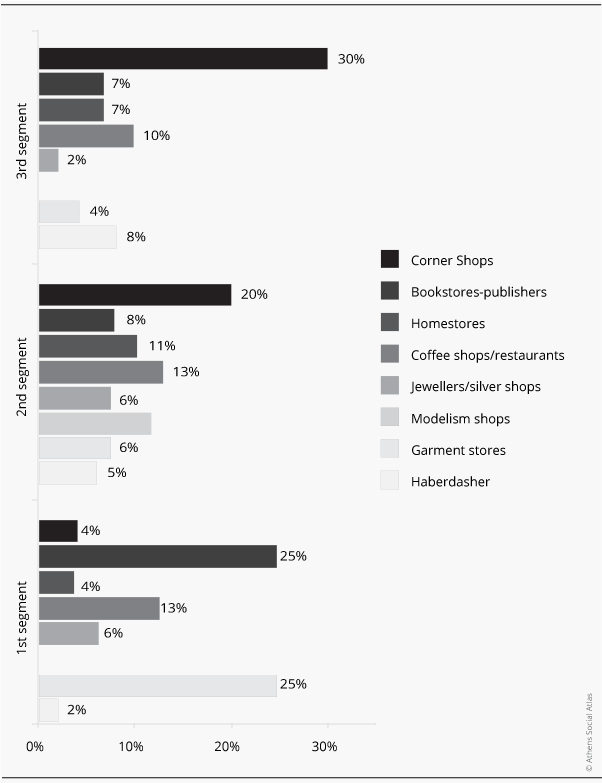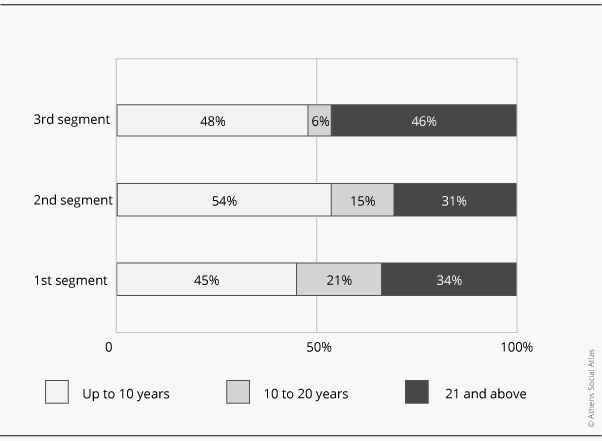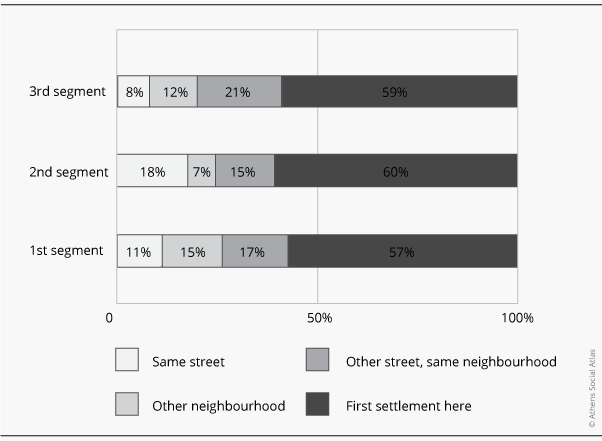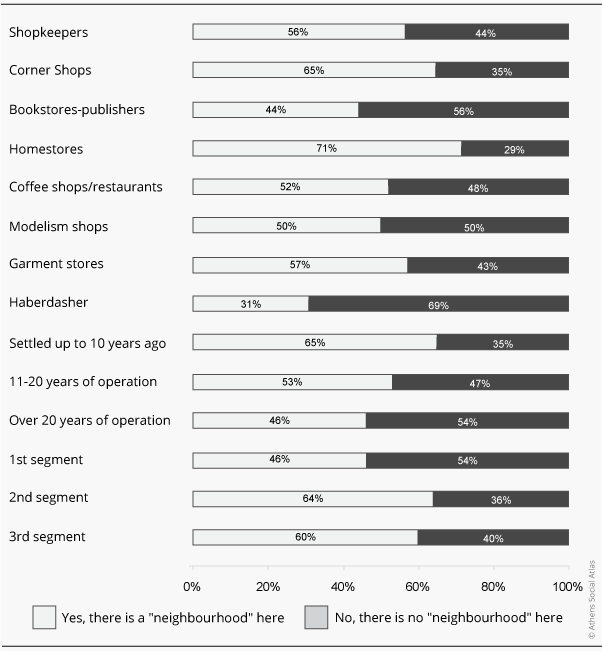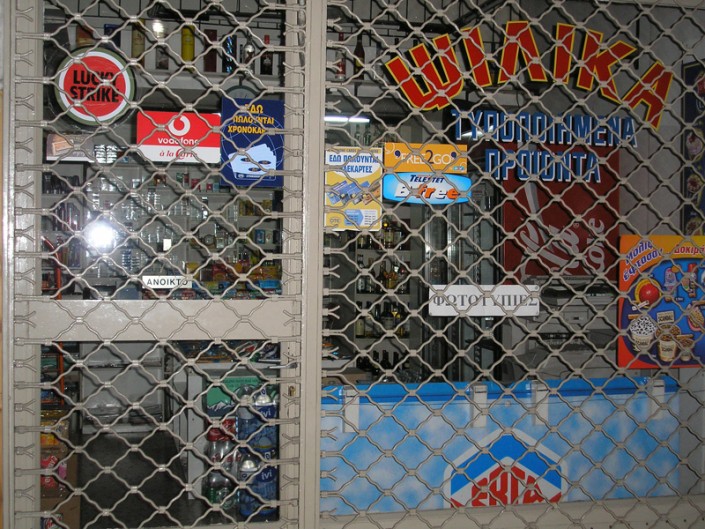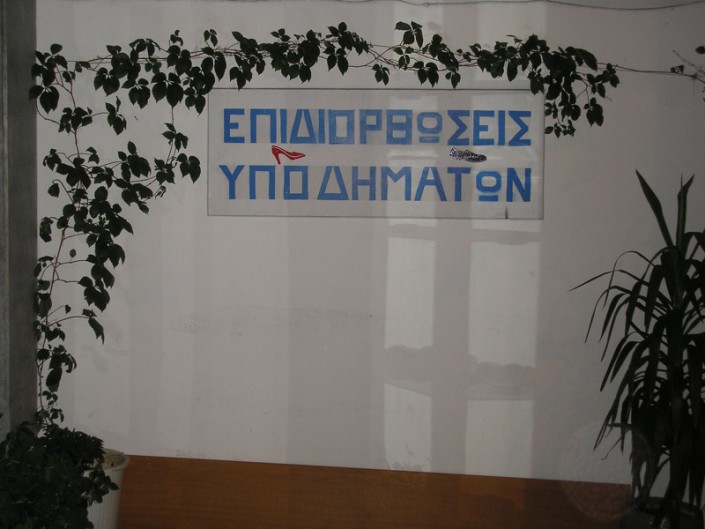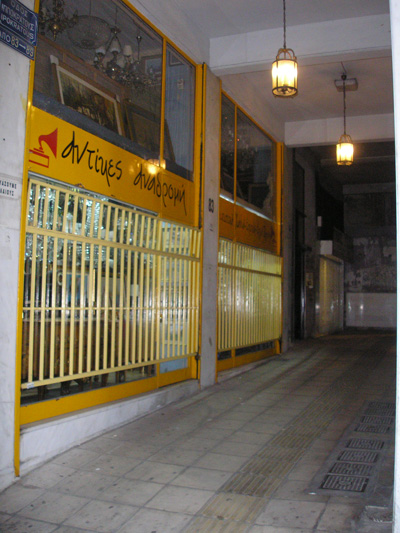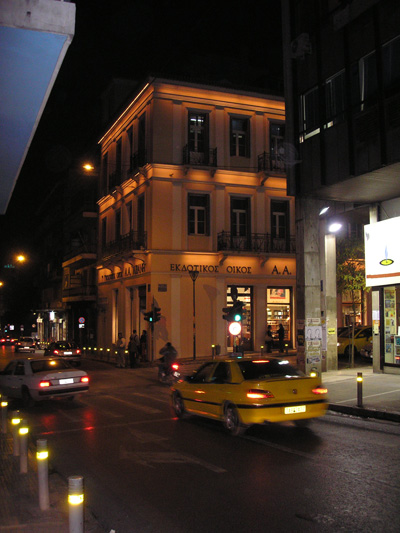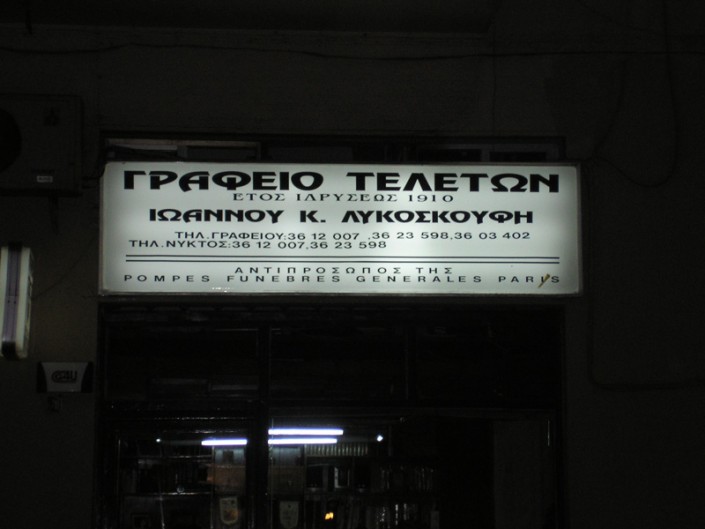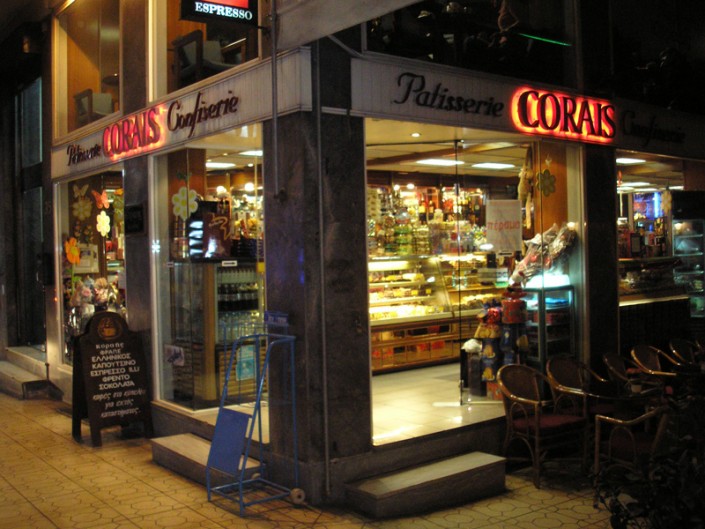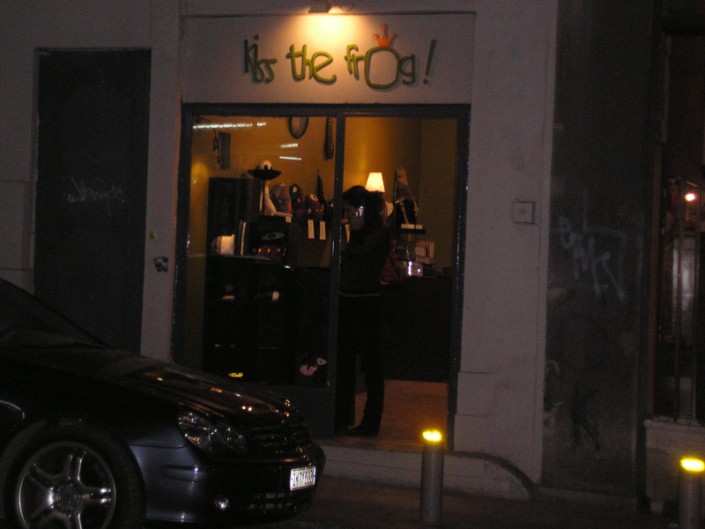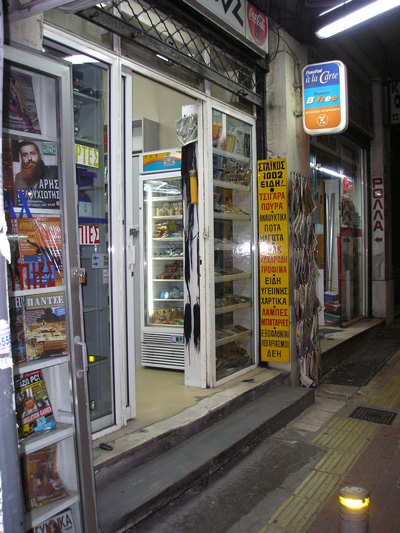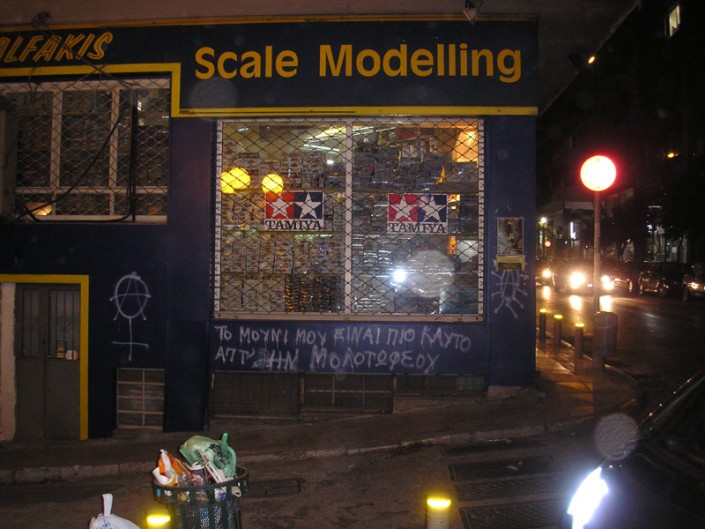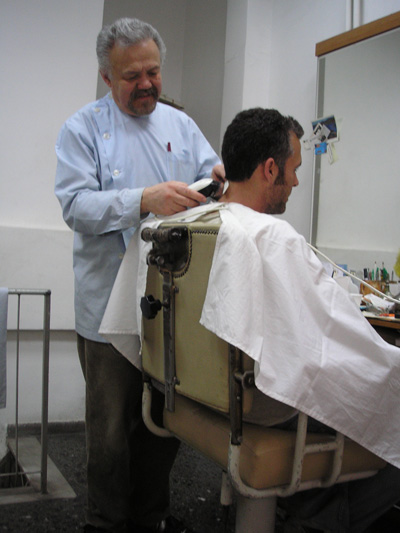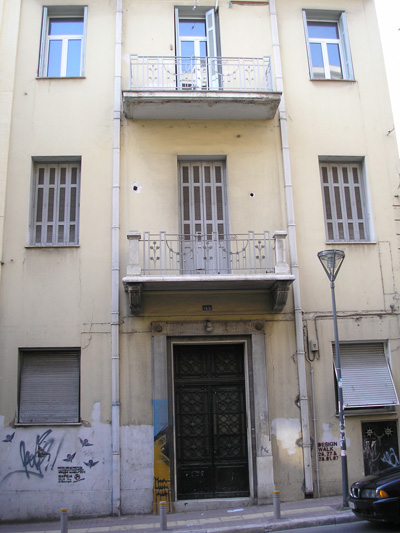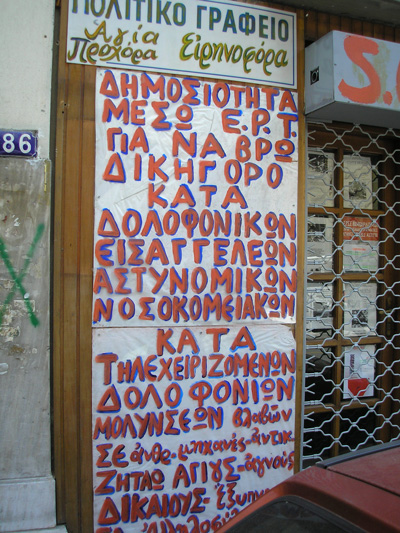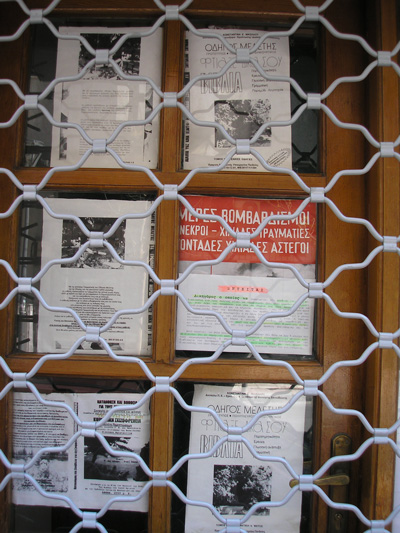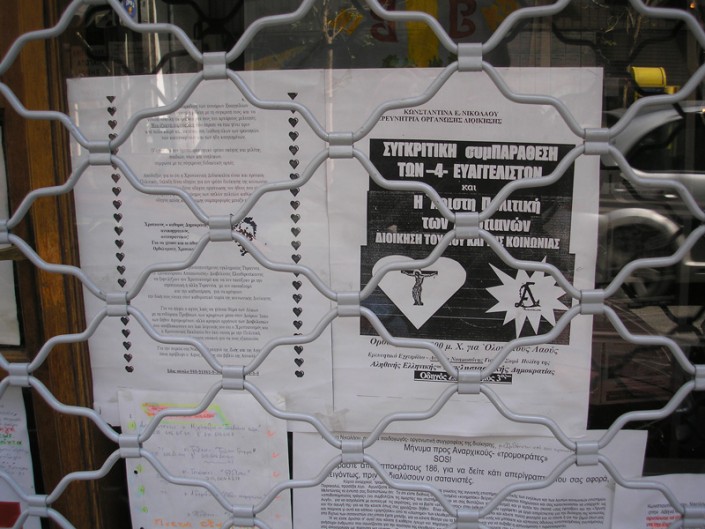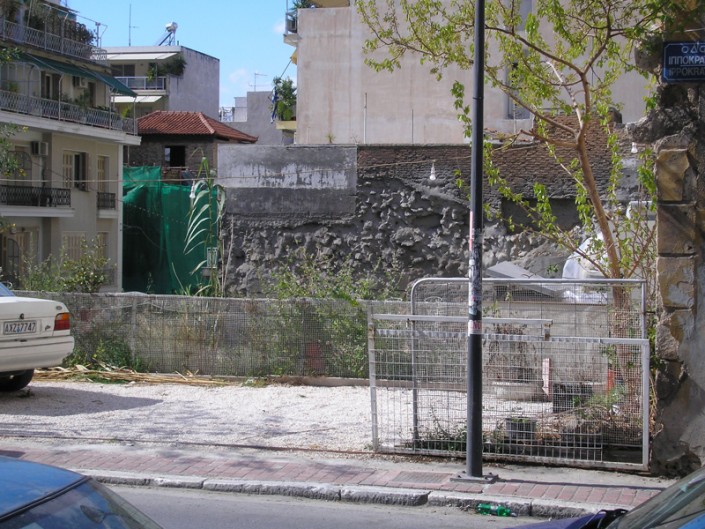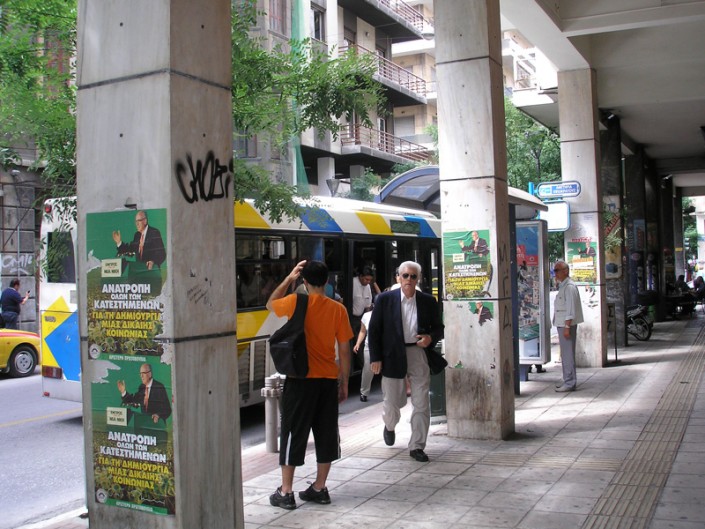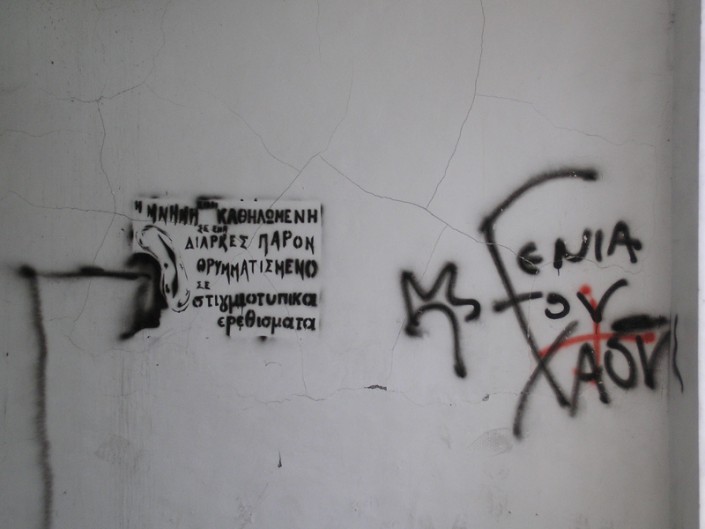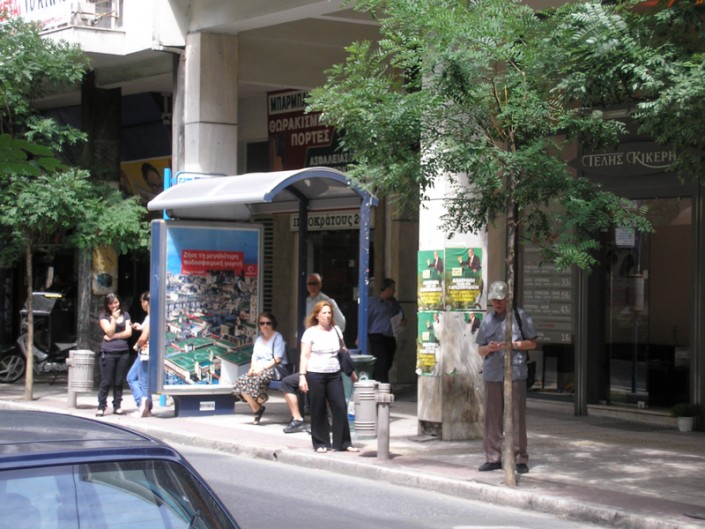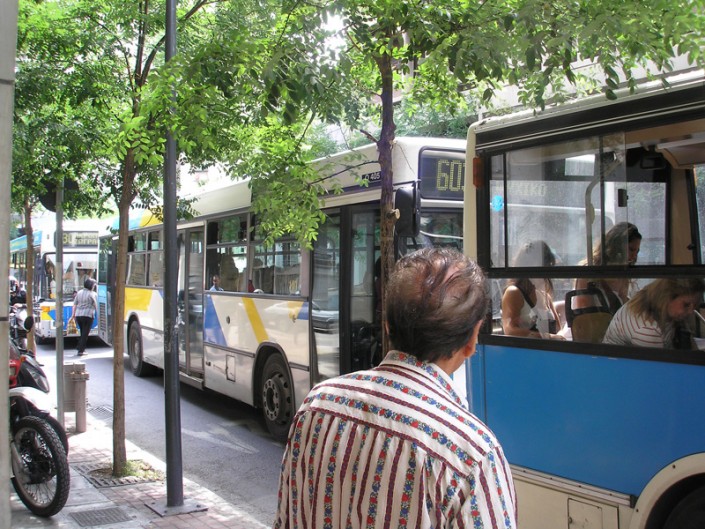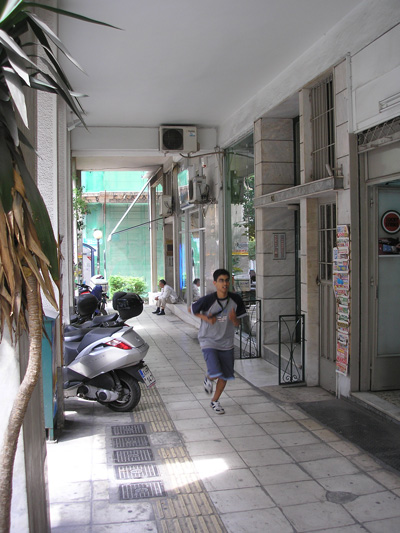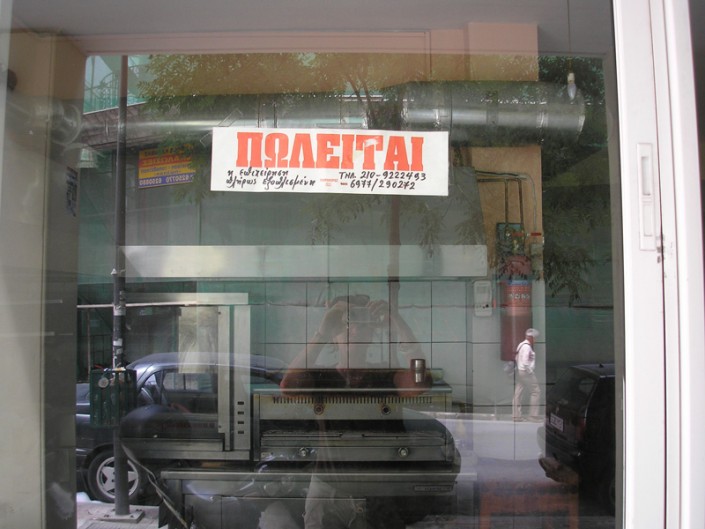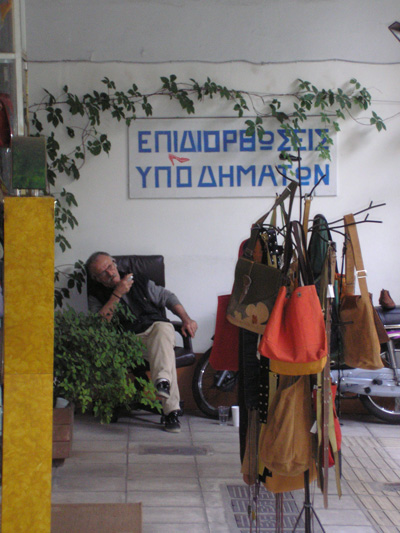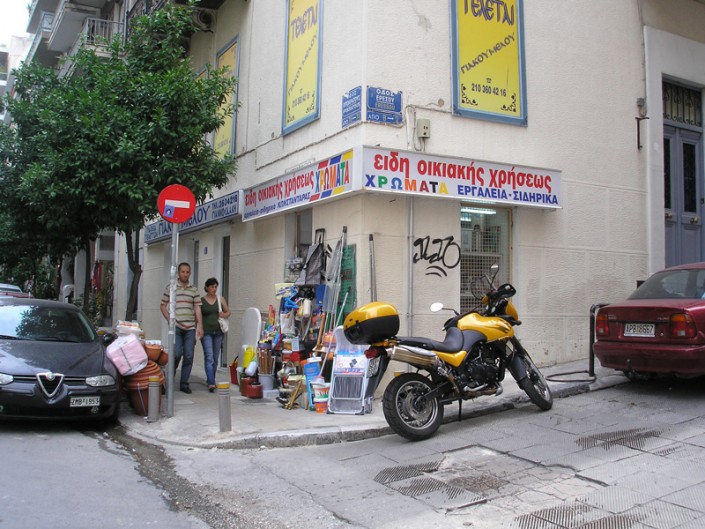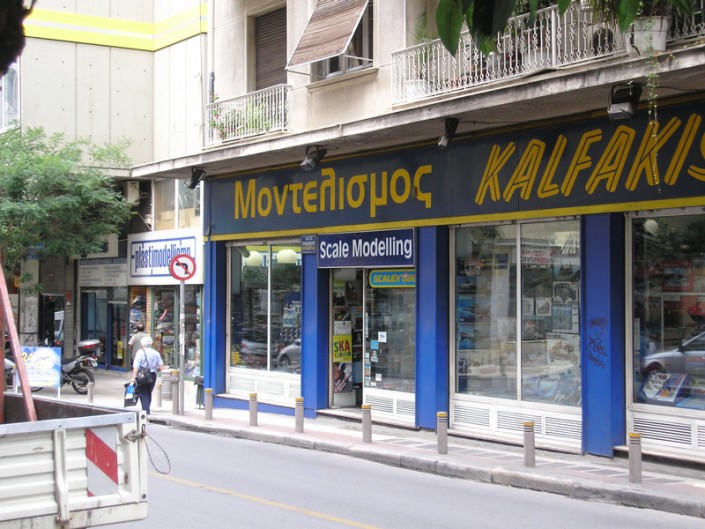2015 | Dec
The study presented in this paper is based on the premise that space plays an active part in the production of social relations and perceptions. It aims to map Ippokratous Street and explore the perceptions of the street’s shopkeepers about the space they work in. We combined a visual observation of the street’s everyday life, a block by block mapping of local businesses (250 in total) and open-ended interviews with a smaller number of shopkeepers. Shopkeepers were chosen due to the long hours they spend in their workplace which creates significant and influential relationships with their surroundings.
The study was conducted in 2007-08 as part of the research program Trends of social transformation in urban space: social reproduction, social inequality and social cohesion in Athens in the beginning of the 21st Century, led by the Institute for Urban and Rural Sociology at the National Centre for Social Research (EKKE).
Scope of the study
The almost 2km long Ippokratous Street starts from Alexandras Avenue and ends at Panepistimiou Avenue. In most parts, housing coexists with ground floor commercial activities and offices on the upper floors. The range of retail shops is extremely broad, covering all types of consumer needs. However, even at the time of the survey, i.e. before the crisis, there were some closed and abandoned shops.
Visual observation shows that the street is divided in three segments, based on the customer needs retail trade serves. The segment nearest to Alexandras Avenue has the characteristics of a local neighbourhood, with shops mainly catering to the needs of local residents. In the middle segmentn, shops of a more “supralocal” character coexist with technicians and repair businesses that serve local residents and passing trade. Finally, the third segment, leading to Panepistimiou Street, has a clearly supralocal function.
The questionnaire collected data on the business characteristics (location, years in operation, type of goods sold, tenure of business premises, previous use of the premises, geographic mobility of the business, place of residence of the shopkeeper). The main findings are illustrated in the following graphs. More detailed presentation and discussion of these findings can be found in Kaftantzoglou (Καυταντζόγλου 2013).
Graph 1: Shop type and location
Graph 2: Years in operation of businesses in each segment
Graph 3: Shop mobility and location
Regarding the shopkeepers’ perceptions about their work environment, we were able to get a first glimpse into their views from the answers to the question “is there a neighbourhood here?” [1] and their correlation with other findings. Graph 4 illustrates the findings for all respondents by key feature: shop type, years of operation and location.
Graph 4: Perceptions on the work environment
Most respondents chose to define their work environment as a “neighbourhood”. However, the correlation with the shop type, business age and location reveals a blurred picture: there are high rates of positive responses by shopkeepers covering the needs of local residents while, at the same time, we observe many negative responses in the segment with the most local customers (residents) as well as in older shops. There is a high percentage (64%) of positive responses in the second segment of the street, which also has high mobility rates (type and use change [2]), as well as in the third segment of the street, the “supralocal”, where there are no residences. Positive responses were 60% in that segment.
These were somewhat unexpected results. The definition of ‘neighbourhood feeling’ may therefore need to be broadened, more diverse than its common sense relation to housing, while a qualitative approach may be required [3]
Mr A., “third generation in the same occupation and in the same premises” has a butcher shop with his wife in the first section of Ippokratous Street, where a small variety of commercial food products favours maintaining daily transactions and relationships:
“…Yes, it is a neighbourhood… it still is, even if it is a main road… I think that once people come to buy meat, the cheese is right next to it, they like the quality… well, they will buy it from there… there’s many people who do not want to go to the supermarket… because all shops on Ippokratous Street are operated by their owners, at least the ones I know of… this is important…
Most customers are residents here, permanent residents… some passers-by because of the centrality of the road, but for the most part, residents… … from 1985 to 1995, there was a decline… people left… since 2000-2002, they began to come back… So, that’s the people we work with…”
In the case of Mr A., the location, the product type and the age of his business are key elements for the positive perception of the environment: local regulars and the long acquaintance with the shopkeepers near him appear to be factors promoting the feeling of intimacy and the perception of the immediate environment as a neighbourhood.
Other shopkeepers in this section of Ippokratous Street, mainly in the first blocks, share the same perception about the existence of a neighbourhood, while noting changes that have occurred (decline in the street’s commercial character, stagnation of local trade)
“…the whole thing extended from Alexandras Avenue to Phanarioton, for a couple of blocks, after that there was scarce commercial activity. Now, Gizi has slowly risen, good shops have opened and Ippokratous Street has declined… Ippokratous Street no longer has the business it had before…” (lingerie seller, close to retirement)
In the middle segment of Ippokratous, where most of the closed shops were found, positive views coexisted with concerns about the sustainability of Ippokratous Street as a shopping street.
“… now, as to the neighbourhood, around here it is a very quiet neighbourhood, there are no troubles… I believe I am OK here and I like the space and Ippokratous Street…” (record shop owner in the middle section who had replied positively as to the existence of a neighbourhood)
“… I feel sad because I grew up here, I see dirt, garbage, the people are… and if you walk around Ippokratous Street, you can see that seven out of ten are not Greek… Nikos with the mattresses across the road is Albanian…, the mini market… Albanian, Albanians everywhere. …” (seller in the middle section who had replied positively)
“… So I came to this neighbourhood, it was certainly not like now, it was a very nice street, a nice street, not only commercial but also humane… however we are not in the old good times, not only regarding commerce but also quality of life, because it’s not only about the job, it’s about your life, too, and the people…” (frame shop owner in the section who had replied positively)
“…Of course I am connected with Ippokratous Street, all these years … I love this street a lot, and its people of course, its people, too. I have made friends… we had contact, direct contact, I’m telling you … I’ve lived well here, before and now… things have changed, many shops closed down, others remained, others came and opened, but if you have contact with the client that will also bring you his son, the man across the street who has also been here for a long time…” (owner of barbershop since 1972)
Mr K., who opened the first shop in Ippokratous Street with modellism items twenty years ago, does not consider that there is a “neighbourhood”. His clients are “supralocal” and only come for his specific products.
“…So, we found ourselves in a very feeble, decadent Ippokratous… many closed shops, many unbuilt plots and so on… the shops that can make a profit will never open in Ippokratous street… The residents are now fewer… all elderly, we do not see new people, new families. And when we do, they are immigrants, the Greek families that inherited their father’s house have left…”
In the “supralocal” last section of Ippokratous Street, several shopkeepers believed that they worked in a “neighbourhood”.
“… A neighbourhood? You could say so. It’s both a transit centre and a neighbourhood, because after so many years in the same place, it becomes your neighbourhood. We are together. The shop owner across the street, who sells slippers, was already here when I first came, then there was Mr Soulis with the seals (may he rest in peace), I used to drink coffee with him in the morning for many years… how not to talk to each other… we have a life here… here, the shops have remained as I found them. Of course, some new ones have opened…” (mini market and betting store owner in the last section of Ippokratous Street, between Akadimias and Panepistimiou streets)
“I’ve been here forever… I know the people here better than around my house. It is a neighbourhood for us, we know each other… of course, some have died, some have retired, new ones came, but, if you ask me, there is a neighbourhood between us, despite there being no houses around here… maybe you can find the old neighbourhood type up the street, here we are professionals…” (shoe store owner in the last block).
“…there is a bank and a theatre. One could say, what kind of neighbourhood is that? But, despite the situation, it is a neighbourhood, the old shop owners know each other. …I don’ t know how things will turn out, if big book stores and publishing houses open… I believe this will certainly be lost… the feeling that we know each other…” (bookshop owner, third segment of Ippokratous Street)
Conclusions
The study of Ippokratous Street revealed the characteristics of a mixed use urban environment in the city centre with marked variations in its spatial structure. At the same time, the study brought up multiple definitions of the concept of “neighbourhood”. Factors like the presence of residents, local clients and a long term presence in the street reinforced the “neighbourhood feeling”, but they were not necessary and unique conditions. The various forms of social cohesion seem to be resisting the deterioration of the street’s environment, the decline in resident numbers and the difficult survival of small businesses.
[1] The changes mainly concerned food stores that were permanently closed in the first section of Ippokratous Street (mainly in the middle section of the street), paint stores, plumbers, electricians and other artisans, indicating the transformation of the street’s character.
[2] We conducted 27 open interviews, about an hour long each, aiming to understand how interviewees perceive their “material” and “social” working environment.
[3] Regarding the choice of the term “neighbourhood” and the discussion around its various definitions, I refer to Kaftantzoglou again (2013, 218-220).
Entry citation
Caftanzoglou, R. (2015) Ippokratous street, in Maloutas T., Spyrellis S. (eds) Athens Social Atlas. Digital compendium of texts and visual material. URL: https://www.athenssocialatlas.gr/en/article/ippokratous-street/ , DOI: 10.17902/20971.1
Atlas citation
Maloutas T., Spyrellis S. (eds) (2015) Athens Social Atlas. Digital compendium of texts and visual material. URL: https://www.athenssocialatlas.gr/en/ , DOI: 10.17902/20971.9
References
- Καυταντζόγλου Ρ (2013) Οδός Ιπποκράτους: απόπειρα χαρτογράφησης ενός δρόμου στο κέντρο της πόλης. Στο: Μαλούτας Θ, Κανδύλης Γ, Πέτρου Μ, κ.ά. (επιμ.), Το κέντρο της Αθήνας ως πολιτικό διακύβευμα, Αθήνα: ΕΚΚΕ, Χαροκόπειο Πανεπιστήμιο, σσ 211–234.

